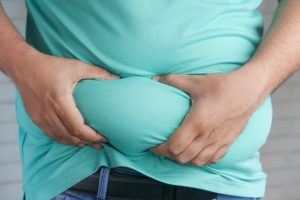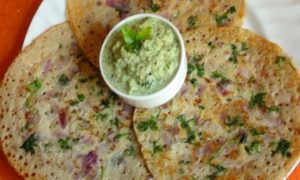
Bound Angle Pose
Bound angle pose or Baddha konasana is a beginner’s pose and helps to improve flexibility. It helps in improving flexibility of thighs, knees and groin area.
Performing this pose helps in increasing flexibility and makes it easy to get into other yoga poses easily, especially seated poses.
This pose helps in stimulating digestive and abdominal organs, ovaries, bladder, kidney and prostrate glands.
It helps in relieving anxiety, depression and fatigue. It also releases the discomfort during menstrual cycle and reduces sciatica pain –www.healthylife.werindia.com
Sanskrit: Baddha Konasana (BAH-dah cone-AHS-anah) baddha = bound kona = angle
BENEFITS
- Lengthens and releases adductor muscles of the groin
- Stretches the low back and thighs
- Improves external rotation of the hips
- Strengthens the hip flexors and abdominals
- Stimulates the abdominal organs and digestive system
- Relieves system of menstruation and menopause
CONTRAINDICATIONS
- Hip pathologies
- Ankle pathologies
- Low back pathologies (avoid rounding)
- Knee, hip, or groin injury
HOW TO
- In a seated position, ground down into your sitting bones and draw the soles of your feet together. Bring your heels in toward your pelvis and allow the knees to relax out to the sides.
- Clasp your fingers around your toes on an inhalation. Begin to engage your core to lift the torso and press your chest forward, allowing your spine to lengthen.
- As you exhale, bend forward through the hips while maintaining a long spine, and find your edge.
- Inhale and allow your spine to lengthen by lifting out of your torso and drawing your shoulder blades down the back.
- Exhale, draw the abdominals in, and dissolve further forward, drawing the chest toward the toes.
- Hold this pose for 5-10 slow breaths.
- To exit, inhale and elongate the spine while returning to an upright position. Exhale and release the toes, feeling free to extend the knees if needed.
MODIFY OR REPLACE
- Extend the feet further out in front of you.
- Utilize blocks under the knees for support, or tuck you mat or blanket under the sitting bones.
SEQUENCING TIPS
Before:
- Balasana (Child’s pose)
- Bakasana (Crow pose)
- Upavistha Konasana A (Wide-Angle Seated Forward Bend A)
- Upavistha Konasana B (Wide-Angle Seated Forward Bend B)
After:
- Supta Baddha Konasana (Reclining Bound Angle)
- Paschimottanasana (Seated Forward Bend)
TEACHING CUES
- Keep the upper and lower spine lifted through the torso.
- Bend forward at the hips, drawing your chest toward your feet.
- If choosing to round the spine, be cautious of the low back and keep extension in the low spine.
- On each inhalation, feel your chest lift and spine lengthen. On each exhalation, take a deeper forward fold.
VARIATIONS
To deepen the posture, draw the heels toward the body and bend forward to rest the chest onto the feet.
WATCH OUT FOR
- Rounding of the low back (maintain a long spine)
- Hinging from the waist instead of the hips
- Pressing onto the knees
This article and image published here with permission from www.beyogi.com
Author: HealthyLife | Posted on: November 1, 2017




















Write a comment